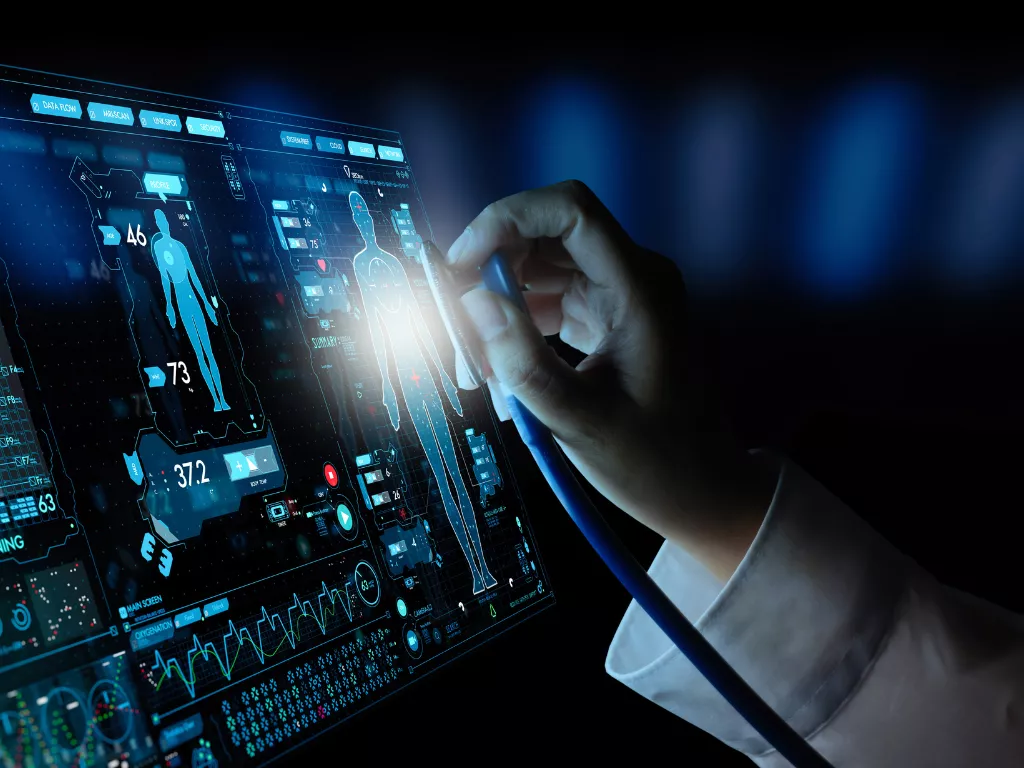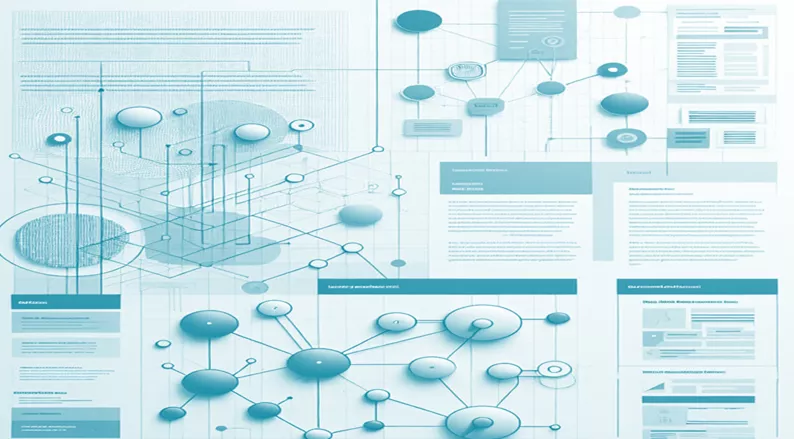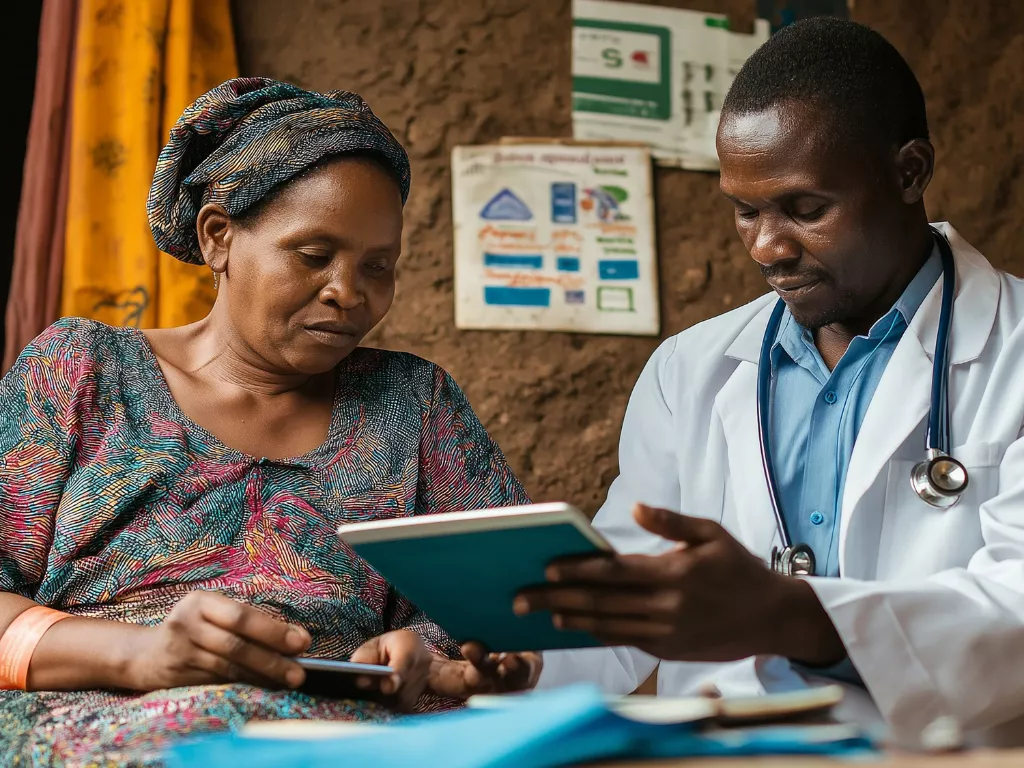IoT in Healthcare: Revolutionizing Hospital Resource Management and Operations
30 December 2024
Introduction
In the ever-evolving healthcare landscape, the Internet of Things (IoT) is driving a transformative shift in hospital resource management. With the integration of IoT technologies, healthcare facilities can now manage their assets more efficiently, reduce operational costs, and improve patient care. This article explores the various IoT applications in hospital asset management and their impact on the healthcare industry.

Discover more

Building Better Digital Experiences with Information Architecture
In today’s digital age, information is omnipresent. Whether it's websites, mobile apps, online platforms, or digital content, these elements have become integral parts of our...

Revolutionizing Rural Healthcare: How AI is Shaping the Future of Telemedicine
Introduction Telemedicine has revolutionized healthcare delivery, particularly for underprivileged populations. For rural areas, where access to healthcare facilities is often limited, telemedicine has the potential...

PFAS: How ‘Forever Chemicals’ Impact Medical Devices
Introduction: Since 1940, per- and polyfluoroalkyl substances (PFAS) - a class of artificial compounds, have been used globally in a variety of industrial and consumer...
